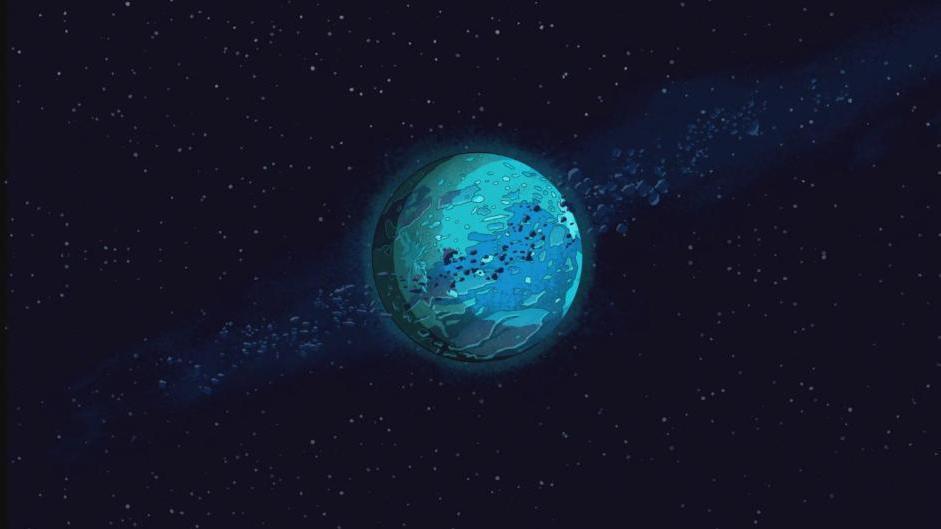The International Astronomical Union (IAU) downgraded Pluto’s dwarf planet status in 2006, surprising many people, including some scientists. Even years later, some astronomers still want to revise the definition of planets to clarify the parameters that distinguish planets from other celestial bodies.
So why is Pluto no longer considered a planet? It begins with identifying the planet, or lack thereof. Until 2006, there were no strict criteria for the planet. Instead, planets were thought to be larger objects than asteroids orbiting the Sun. For example, in the mid-1800s, more than a dozen objects we now consider asteroids were considered planets.
When did Pluto become a planet?
When Pluto was discovered by Clyde Tombaugh in 1930, scientists searched for a distant, unknown celestial body to explain some irregularities in Uranus’ orbit. Tombaugh, a newly appointed astronomer at the Lowell Observatory in Arizona, is tasked with identifying the culprit. A few months later, he successfully detected a round, rocky object outside Uranus that he believed could be causing its orbital wobble. He was later named Pluto, the Roman god of the underworld. Although smaller than several known moons, it was thought to be large enough to be considered a planet.
However, it soon became clear that Pluto was not large enough to exert the gravitational force required to influence the orbit of Uranus. As recently as the 1990s, astronomers discovered that Pluto was surrounded by several objects of similar size; It belonged to the region of the solar system later called the Kuiper belt.
This sparked a debate over Pluto’s status in the planetary canon that arose at the Prague meeting in 2006. Why isn’t Pluto considered a planet? That year, the IAU tasked a small committee with creating a workable definition of “planet.” These were based on three criteria:
- It must revolve around the Sun.
- It must have enough mass to take a round shape.
- It appears to have knocked all other celestial bodies out of orbit except its own moons.
Also read – Mysterious shadows reveal how Earth is connected to the Sun
Based on the third requirement, the committee said Pluto could no longer qualify as a planet because of its location in the complex Kuiper Belt, which contains thousands of objects beyond Neptune’s orbit. Therefore, Pluto is not a gravitationally dominant object in its environment and thus is not a planet by the new definition.
However, this structure immediately caused criticism. “This definition is clearly inadequate because it excludes exoplanets, or planets discovered outside our solar system,” planetary scientist Jean-Luc Margot of UCLA told LiveScience. He also said that it is extremely difficult to determine when an object leaves its orbit; Pluto certainly didn’t, but so did Mars by some definitions.
Pluto’s downgrade remains controversial to some scientists, in part because of its reclassification. Philip Metzger, a planetary physicist who worked on NASA’s New Horizons mission to Pluto, has previously noted that the IAU does not submit its planet definition to a vote by the broader scientific community. According to him, this situation invalidates the new definition. For others, it is a matter of attitude; Many people have grown up thinking of Pluto as a planet and are still emotionally attached to it.
Whether a planet or a dwarf planet, Pluto remains a fascinating part of the Solar System, from its vast white “heart” of frozen nitrogen to the ice-spewing “supervolcano” thought to lurk beneath its surface.













